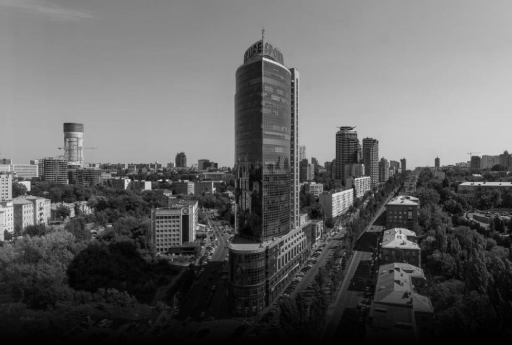Lawyer
The issue of responsibility for vandalism of cultural and historical monuments during hostilities
Vandalism of cultural and historical monuments during hostilities is a serious violation of both national and international legal norms. The protection of cultural heritage in the conditions of war is an important aspect of preserving the historical memory and identity of the nation. This article examines the legal mechanisms of responsibility for vandalism of cultural and historical monuments during hostilities, including legal advice, document analysis, legal opinion and legal opinion of a lawyer.
Consultation of a lawyer
Legal advice is essential to understand the legal aspects of liability for vandalism of cultural monuments during hostilities. A lawyer will help to find out which legal norms apply in a specific situation, and will provide recommendations on compliance with the requirements of the law. A lawyer's consultation includes:
Analysis of legislation: Study of national and international legal norms regulating the issue of liability for vandalism.
Legal risk assessment: Determination of possible legal risks and consequences associated with vandalism of cultural monuments.
Development of recommendations: Providing recommendations on legal steps to be taken to protect cultural heritage.
Analysis of documents
The analysis of documents is an important stage in determining the legal aspects of liability for vandalism in relation to cultural monuments. Such documents include:
The Criminal Code and other legislative acts: Legal norms determining responsibility for intentional damage or destruction of cultural values.
Case law: Court decisions that can be used as precedents in a specific case.
International conventions and treaties: Documents regulating the protection of cultural values during armed conflicts.
Legal opinion
The legal opinion on liability for vandalism of cultural monuments is based on the analysis of documents and legal norms. The lawyer determines:
Legal qualification of actions: Assessment of compliance of specific actions with the norms of criminal law and international standards for the protection of cultural heritage.
Procedural Compliance: Determining whether all necessary legal procedures were followed during the investigation and handling of the case.
Possible legal consequences: Assessment of legal consequences for persons accused of vandalism and prospects for their protection.
Legal opinion of the lawyer
A lawyer's legal opinion is an important tool for protecting the rights of a person accused of vandalism of cultural monuments. A lawyer, in particular:
Advises the client: Providing recommendations on the rights and responsibilities of a person in the event of an accusation of vandalism.
Assesses the legality of actions: Determining the legality of the actions of authorities regarding prosecution for vandalism.
Develops a defense strategy: Determination of the optimal strategy to protect the client's rights, including possible legal and judicial actions.
Circumstances affecting liability
The main circumstances affecting liability for vandalism in relation to cultural monuments include:
Intentionality of actions: Determination of whether the actions were intentional or committed as a result of carelessness.
Circumstances of hostilities: Taking into account the conditions and context in which the offense was committed.
Degree of damage: Assessment of the degree of damage or destruction of a cultural object.

































